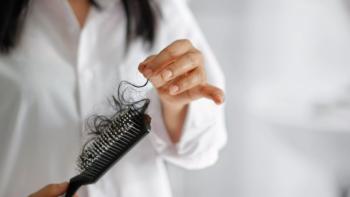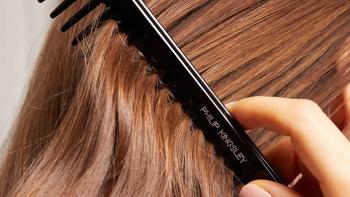Trichotillomania (also known as hair pulling disorder) is a form of hair loss caused by an irresistible urge to pull out your hair, either from your scalp or any other part of your body.
What is Trichotillomania?
It can result in small or large thin and bald patches, and it is often extremely distressing for those who suffer from it. At first, the hair that is pulled out grows back. However, over many years, your follicles can be damaged, resulting in permanent hair loss. Trichotillomania is most common in teenagers and young adults, and is observed more often in women than in men.
Trichotillomania can be mild and manageable, or severe and ongoing. In either case, it is often an emotionally upsetting condition. If you suspect that you or your child is suffering from it, it is best to consult a doctor and/or Trichologist for help.
What Factors Contribute to Trichotillomania?
The causes of trichotillomania are psychological, and are often complex. Some contributing factors include anxiety, depression, stress, or a traumatic experience.
For those who suffer from the condition, the act of pulling out a hair can feel very satisfying, and can provide a temporary release of tension. Hair pulling can be very hard to stop, and many people who have trichotillomania go to some lengths to hide the condition.
At Philip Kingsley, over our 60-plus years in practice, we have seen many cases of trichotillomania, in people of all ages and genders. We know how embarrassing and distressing it can feel, and we are here to help provide advice and support.
How Do You Diagnose Trichotillomania?
Trichotillomania is frequently misdiagnosed as alopecia areata — another type of hair loss that occurs in patches. There are two reasons for this:
First, both conditions look similar to the untrained eye.
Second, people are often ashamed and fearful to tell their doctor that they are pulling out their own hair. This is particularly an issue in diagnosing children and young teenagers with trichotillomania, who might be pulling out their hair in secret without their parents' knowledge.
However, there is a recognisable diagnostic feature of trichotillomania – uneven hair breakage. In alopecia areata, hairs in or around a bald patch will be roughly the same length. But in trichotillomania, hairs that are pulled out snap off at different lengths. Also, the pattern of hair loss from trichotillomania is usually more pronounced on the right side of the scalp if you are right-handed, and vice versa.
How do You Treat Trichotillomania?
The first and most important step in recovery from trichotillomania is getting help for the person suffering from it (this could yourself, a friend, or a family member).
Psychological therapy may be recommended. Please remember there is nothing to be ashamed of or embarrassed about — at Philip Kingsley, we have seen many individuals with trichotillomania, ranging from young children to highly successful women and men. Just like recovery from any other condition or disorder, external support is essential.
Other Treatments Include
- Wearing thick gloves, especially at night, when the temptation to pull out your hair may be at its peak.
- Cutting your hair short so that it is impossible to get hold of.
- Covering your hair with a slippery cream or oil.
- Wearing a scarf over your head.
- Playing with worry beads or other stress management tools to take your mind off the impulses.
All treatments for trichotillomania take time and patience, but the good news is that your hair can grow back. If it has been going on for a long time, less may do so, or your hair may grow back a different texture – but you will see an improvement.









